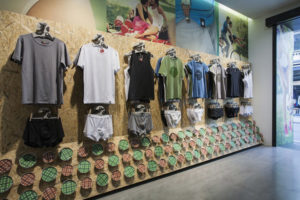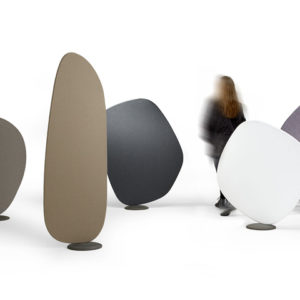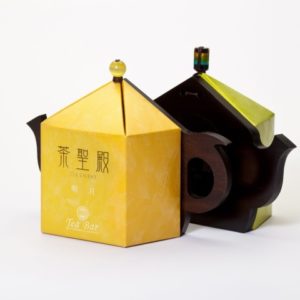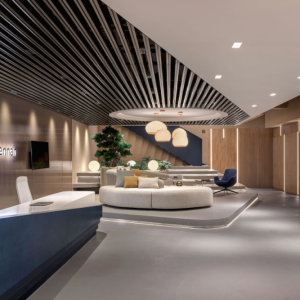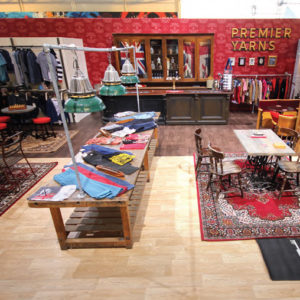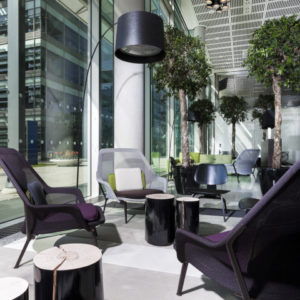
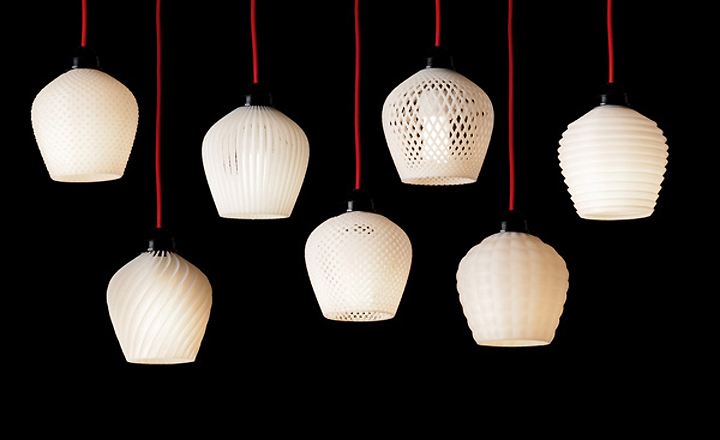

This project started, with a broken IKEA lamp. When I moved in my new apartment, the last owner had left a Rigolit lamp in the middle of the living room. An object that looks like a fishing rod holding a big paper cloud. The lampshade was ripped from everywhere and Scotch tape was holding it together. This huge volume was always in the way and we kept bumping our heads into it.
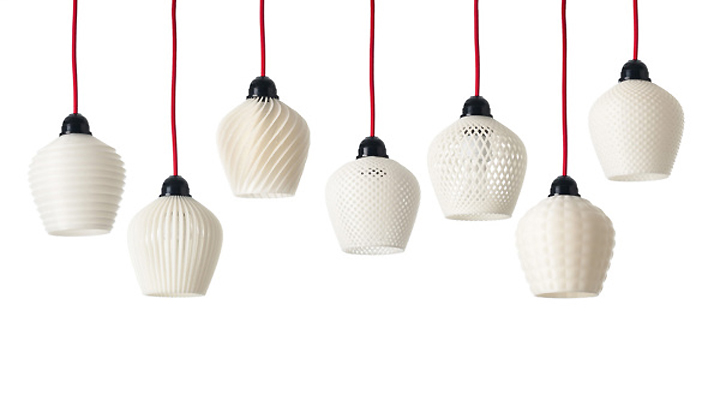
One day, I had enough and decided to buy a new lampshade to replace the paper one. Everything was either too expensive for me or extremely ugly. Also, the closest IKEA was an hour away… by bus. What does a designer do in such a situation? He makes! A few hours later, thanks to affordable 3D printing, a unique lampshade was made.

I couldn’t stop there, so I designed 2,3… 12 different ones, using always the same shape and changing only the color and the texture. They take between 4 and 12 hours to print, use absolutely no support material, weight between 50g and 100g and cost 10 times less when printed on an UP! or Makerbot.
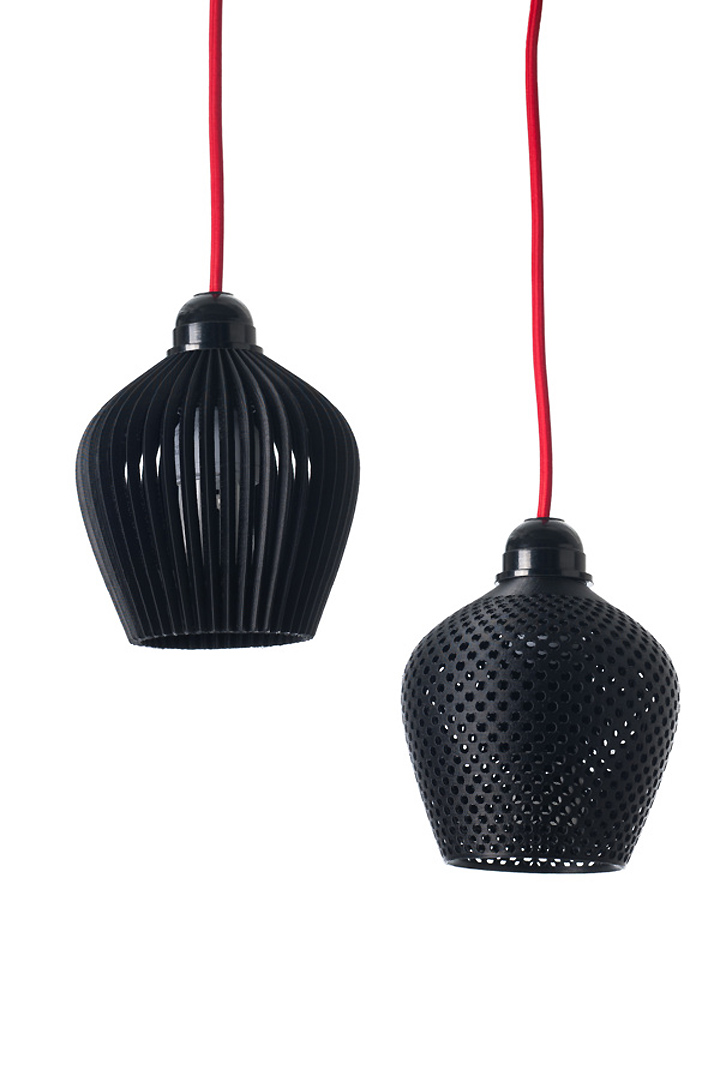
This project was an opportunity to explore the limits of low cost Filament Deposit Manufacturing (FDM). It also was a chance to compare several machines from both ends of the market. I quickly realised that my lampshades would cost hundreds of dollars to print on an Objet Connect because of its support settings and that my desktop printers were actually faster that my school’s 20 000$ Stratasys.
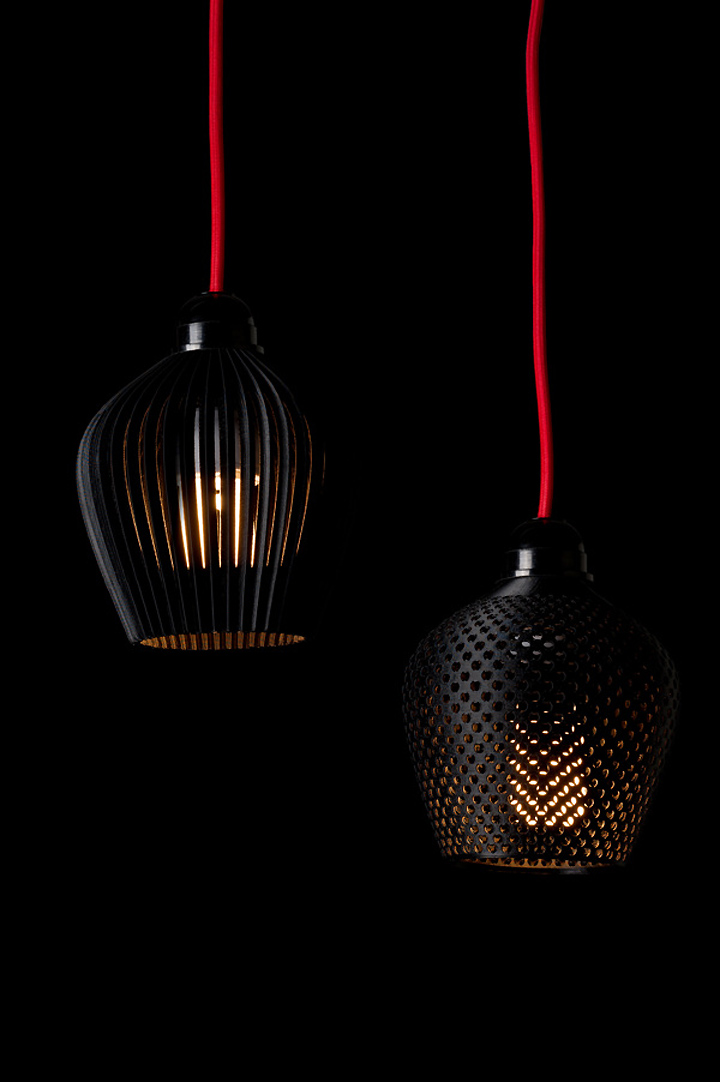
I now work for a digital manufacturing startup called «le FabShop» and we are ready for production. The total kit, including one lampshade of your choice, PLA or ABS, a 2m textile cord with socket, fish and switch. The lampshades work with E27 lamp socket (with nut) and we recommend using low consumption light bulbs to minimise the heat.
Designed by Samuel Bernier

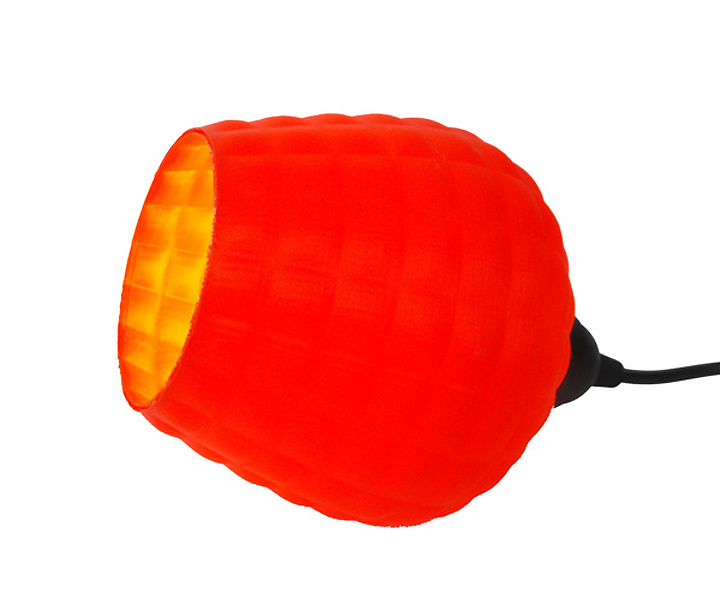
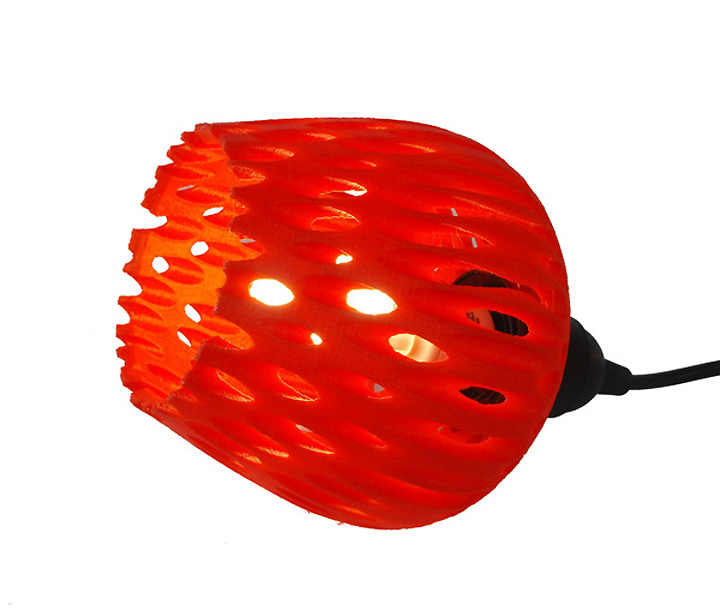
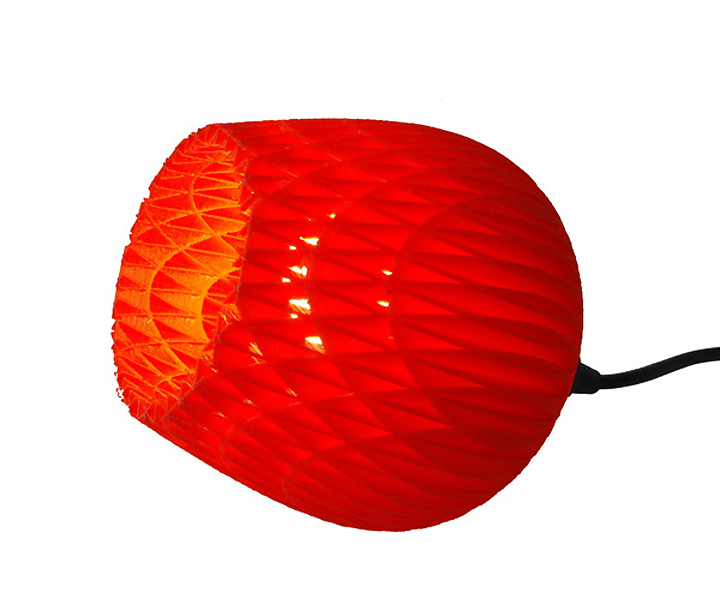
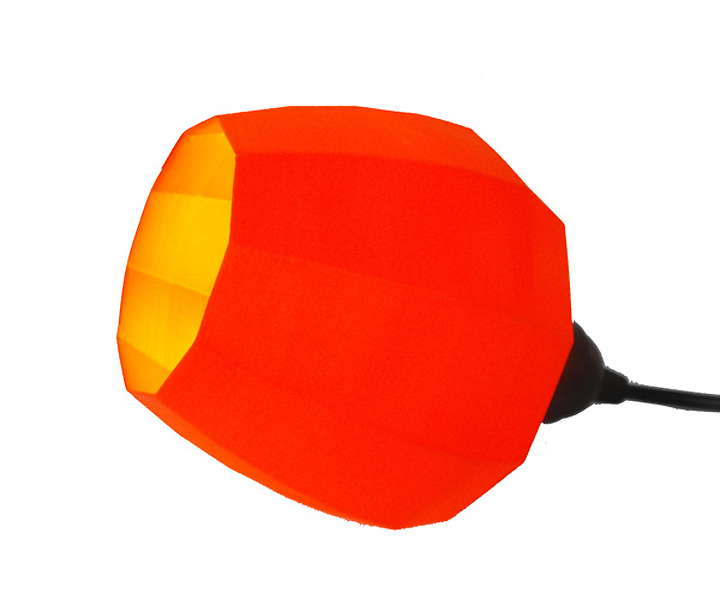
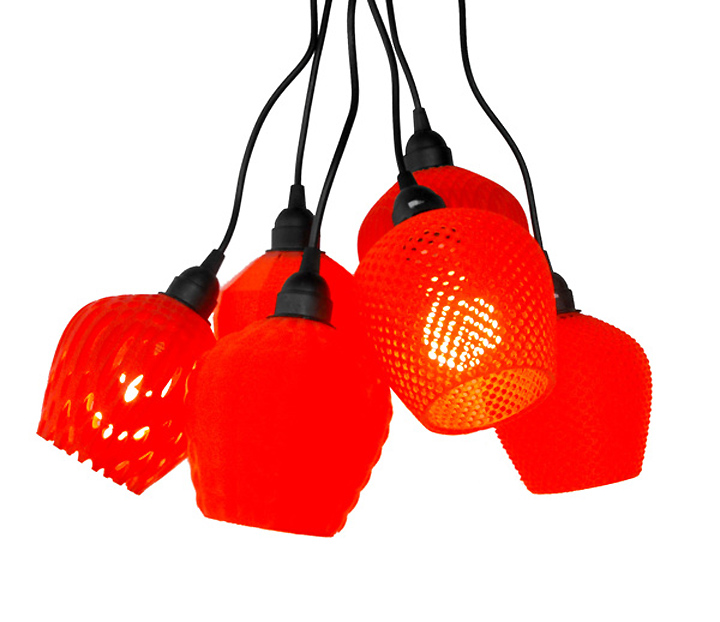

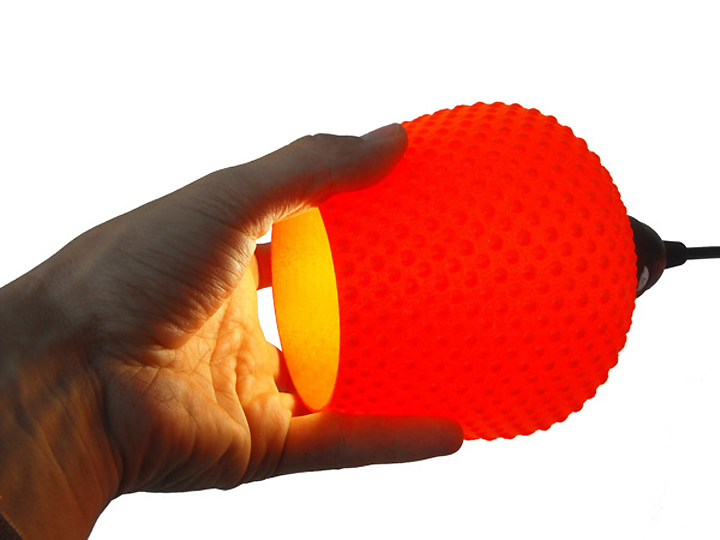
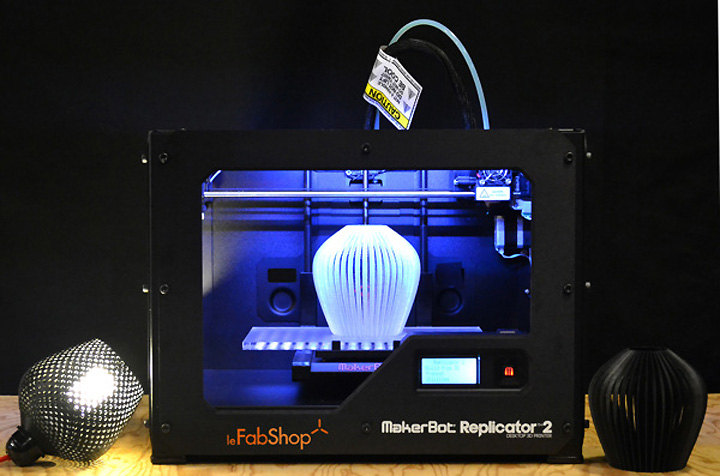
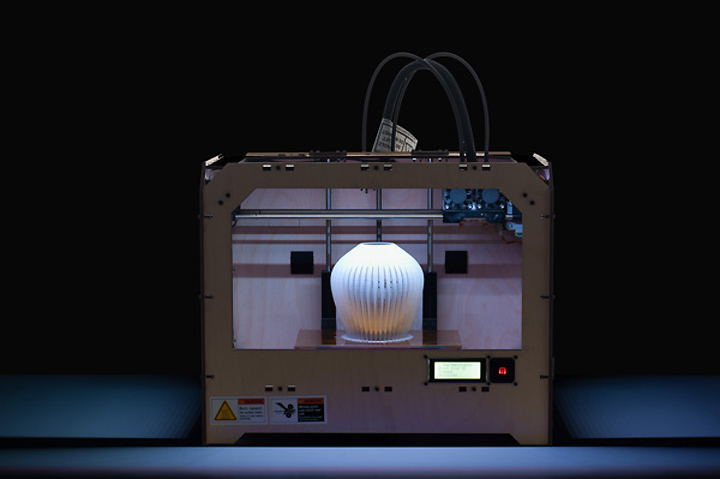
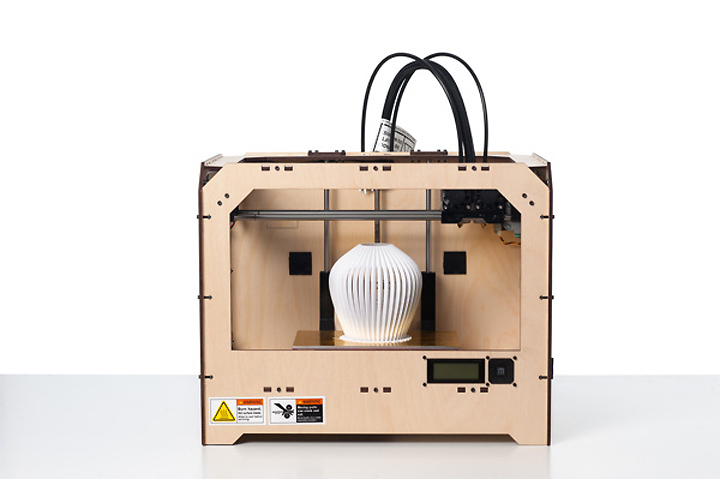















Add to collection

